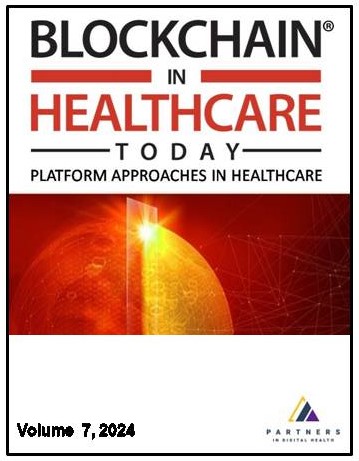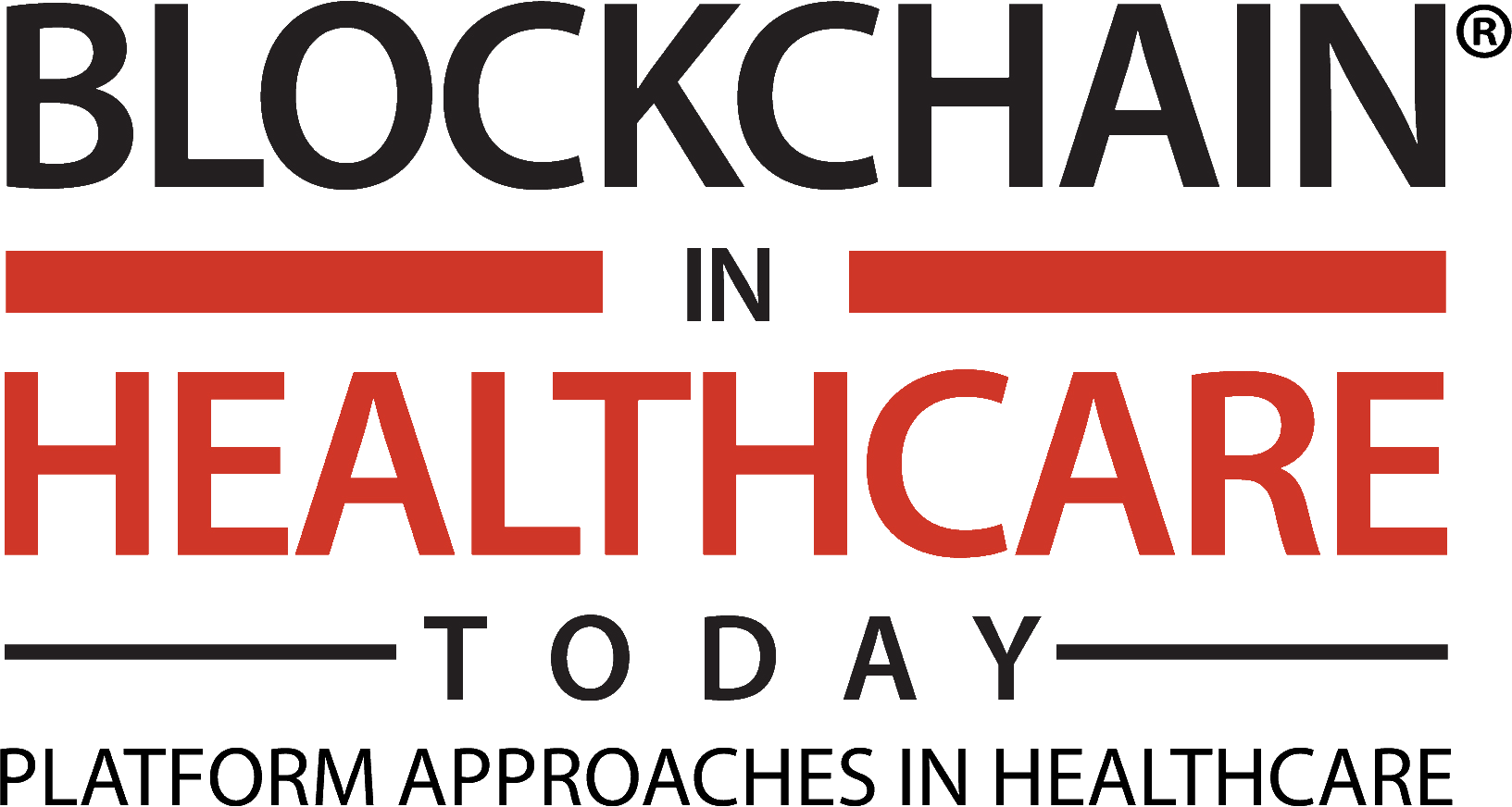
Additional files
More articles from Volume 2, Issue 1, 2019
Comment on: DMMS: A Decentralized Blockchain Ledger for the Management of Medication Histories
Top 10 Blockchain Predictions for the (Near) Future of Healthcare
Implementation Considerations for Blockchain in Healthcare Institutions
Voice Biometrics and Blockchain: Secure Interoperable Data Exchange for Healthcare
Ethical Implementation of the Learning Healthcare System with Blockchain Technology
Article views
Toward Application of Blockchain for Improved Health Records Management and Patient Care
Abstract
Technological advancements have proven to be indispensable for improving patient care, yet they continue to present a host of problems. One of the most pressing concerns is how to improve quality of care while controlling costs. Beyond clinical care, one plausible solution is to share patient information freely and efficiently. Hospitals and clinics may share data internally, but external information sharing remains an issue. Despite the digitization of medical records, there remains a lack of adequate computing infrastructure or unwillingness to share data among providers. Care quality often suffers as a result. Implementing a type of peer-to-peer distributed digital technology, known as a blockchain, to record and transmit transactional data could be a solution to these concerns. Originally, blockchain was developed to record cryptocurrency transactions. However, as blockchain technologies have matured and adopted across dissimilar industries, the feasibility of possible applications of blockchain technology in healthcare is getting more attention. This article explores possible opportunities of adoption of blockchain technology to improve patient data security, privacy, and care while outlining the challenges that practitioners may encounter.
Keywords
References
Citation
Copyright
This is an open access article distributed under the Creative Commons Attribution License which permits unrestricted use, distribution, and reproduction in any medium, provided the original work is properly cited.
Article metrics
The statements, opinions and data contained in the journal are solely those of the individual authors and contributors and not of the publisher and the editor(s). We stay neutral with regard to jurisdictional claims in published maps and institutional affiliations.

